Don't make the same mistake I did riding in the mountains – how to pack for altitude
The Dolomites are potentially the most beautiful mountains I have ever seen by bike - but don't ride in the mountains without these items...
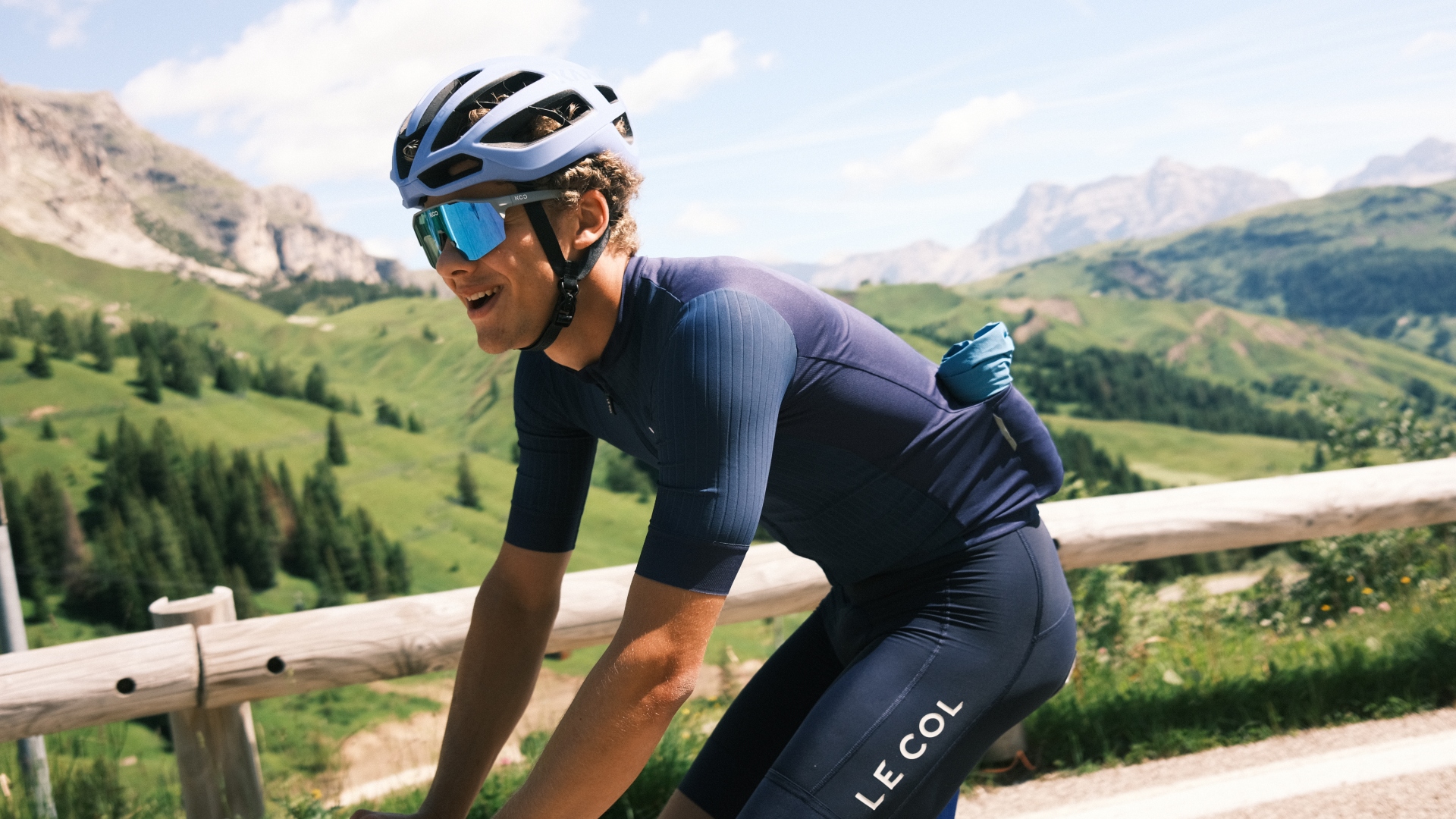
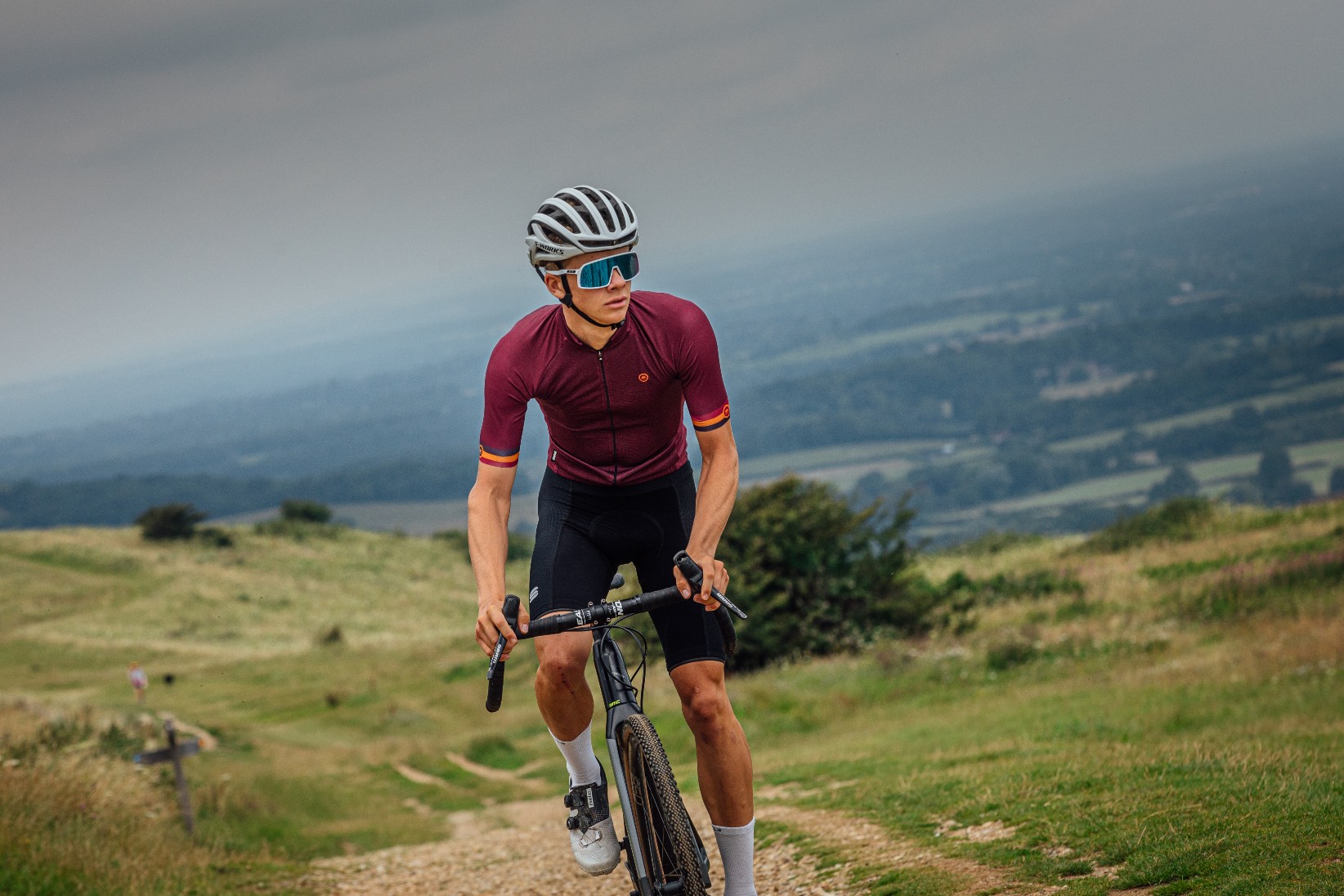
Cycling has always been a large part of my life, whether I was ditching stabilizers for the first time at age four, or competing in my first hill climb when I was 15. Being British, I used to believe that I was tough enough for all weathers - that was until I started training and racing extensively in the mountains, namely the Belgian Ardennes, the Basque country and the Alps.
Here, at elevation, I realised for the first time just how brutal the conditions can be. Fast-changing weather, high altitudes and extreme rainfall can catch even the most experienced riders out - something I rediscovered just a few weeks ago at the Maratona dles Dolomites.
So, in a bid to try to save as many numb hands and feet as possible, I thought I would take you through my gear choice successes and failures.
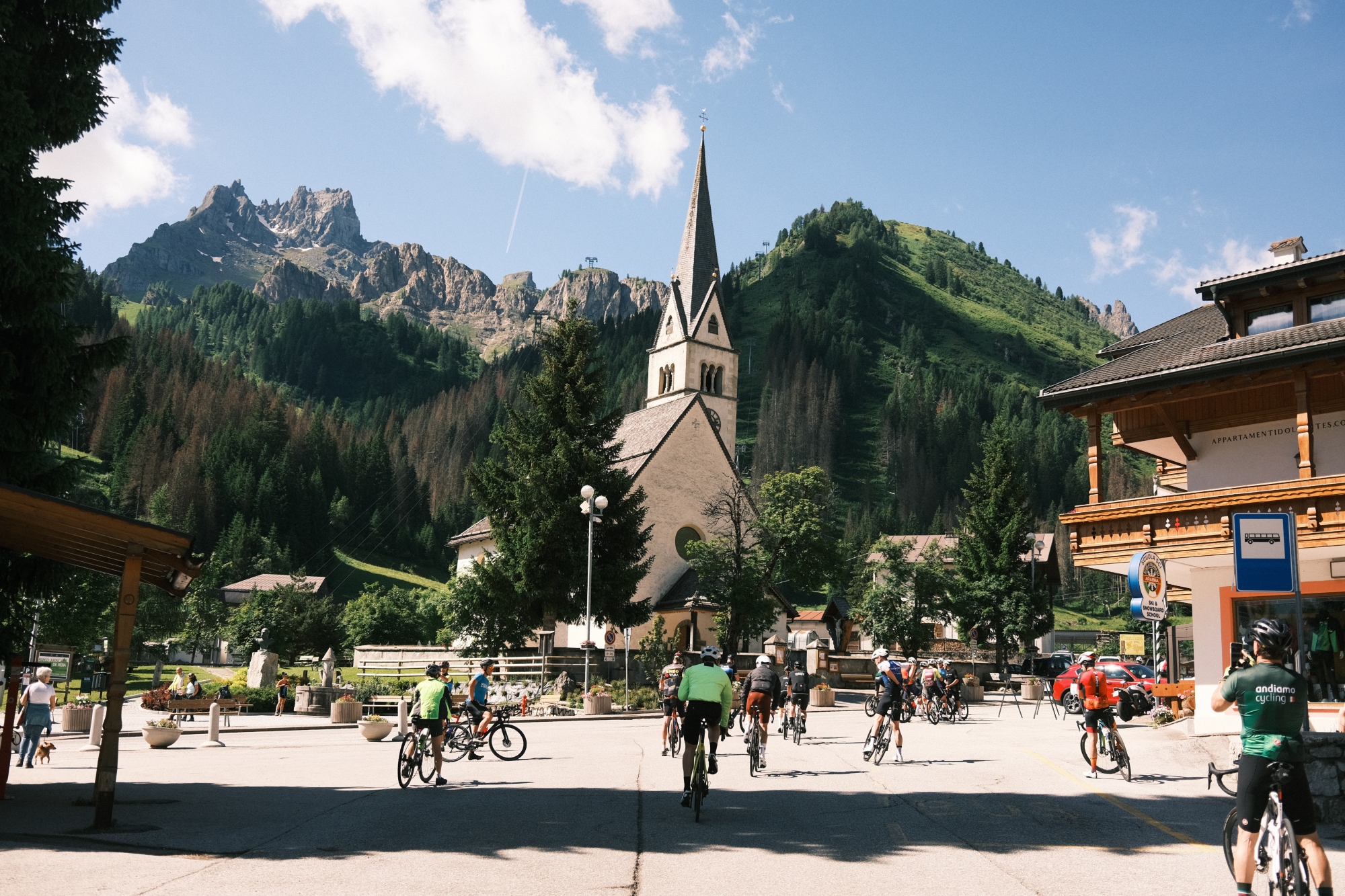
The beautiful town of Arraba, still in the sun for now.
Caught out at the Maratona
This year, courtesy of Kask, I was able to ride one of cycling's most challenging sportives, the Maratona dles Dolomites.
The history of the Maratona dles Dolomites
The Maratona is one of the world's most prestigious and challenging cycling events, held annually in the breathtaking Dolomite Mountains of northeastern Italy. Established in 1987, this Granfondo has grown into an iconic race that attracts over 9,000 participants from around the globe each year, with demand far exceeding the number of available spots, making entry highly competitive.
The event features a stunning yet gruelling course that winds through some of the most picturesque and demanding mountain passes in the Alps, including the Passo Pordoi, Passo Sella, and Passo Giau. Riders can choose from three routes of varying lengths: the Maratona course (138 km), the Medio course (106 km), which I ended up completing, and the Sellaronda course (55 km). Each route offers its own set of challenges, with steep climbs, hairpin turns, and breathtaking descents.
Beyond its physical demands, the Maratona dles Dolomites is celebrated for its exceptional organization and the warm, vibrant atmosphere it fosters. It’s not just a race but a cultural event, deeply rooted in the traditions of the Ladin-speaking region. The Maratona brings together cycling enthusiasts who revel in the beauty of the Dolomites and the camaraderie of the global cycling community.
Challenging, well-organized, and full of buzz, I can only recommend the Maratona.
You'll have to forgive me for hammering home just how good these mountains look, but truthfully, even these fantastic images can't do them total justice. And that is probably my favourite thing about the mountains; however good the pictures look, they never fail to exceed expectations of natural beauty when you are standing right in front of them.
However, don't be lulled into a false sense of security - the mountains can be a cruel place to ride a bike. I was dealt a rather stark reminder of this on the day of the Maratona.
Our trip began the day before the main event, in the sun, with a couple of leisurely rides around the Maratona's shortest route, taking in the views of the Passo Sella and Passo Pordoi. We were also accompanied by Kask athlete Safa Brian. For the uninformed, Safa Brian is a cycling messenger turned filmmaker who knows a thing or two about going around corners. The South African showed us all some lines on the first few corners of each descent before disappearing far into the distance - a pleasure to watch.
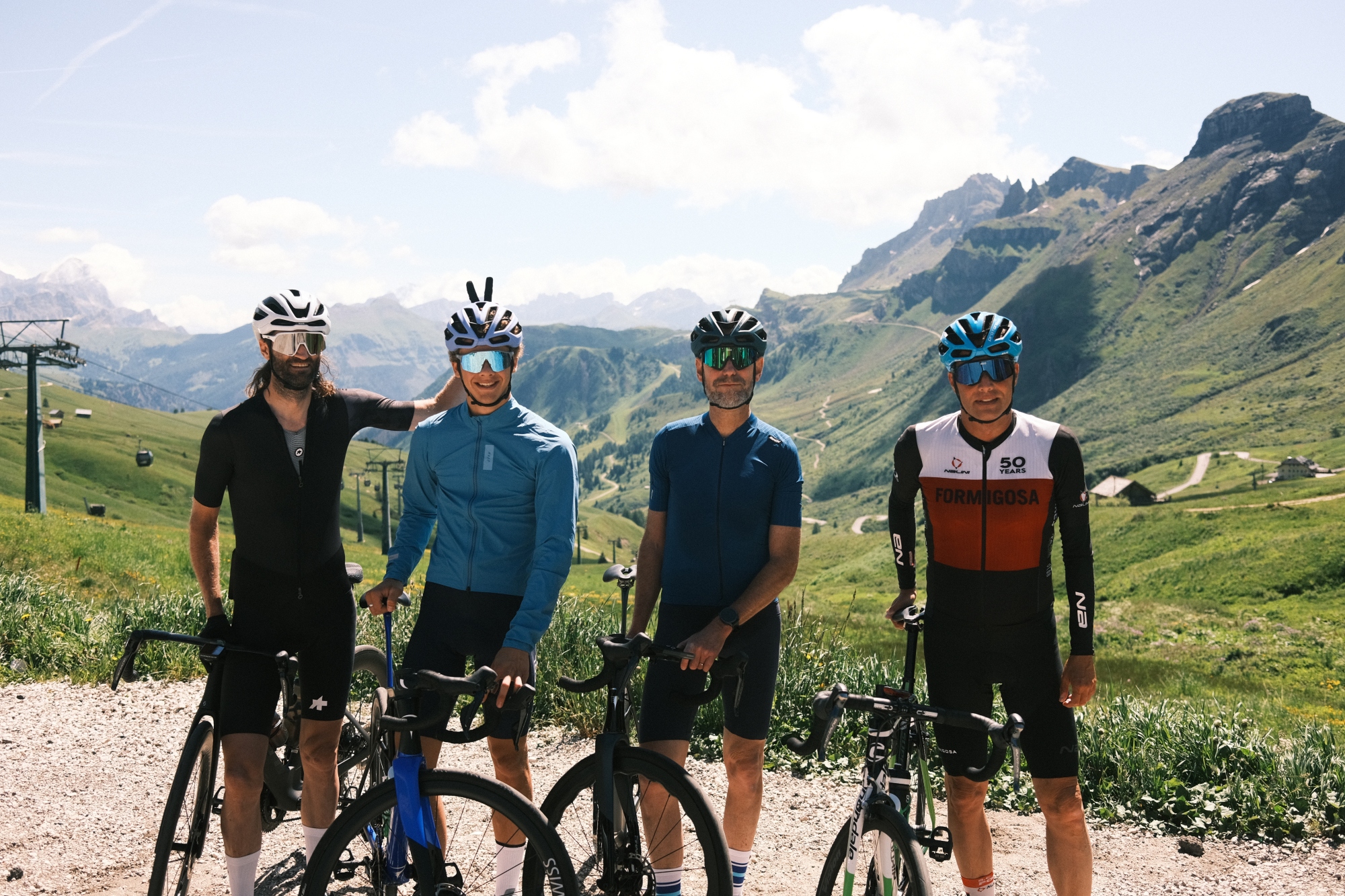
A man of humour, as well as a classy bike rider...
One sleep later, however, on the day of the Maratona, we awoke to far darker, threatening weather. I headed out the door dressed rather optimistically in a mesh base layer, jersey, shorts, some thin gloves, and a thermal jacket. Of course, I had a rain jacket in my back pocket too, but this would prove to be futile later into the ride.
The first 70km were fairly forgiving. Although littered with low hanging cloud and drizzling rain, the initial three climbs were hard enough that I was able to stay warm, and the descents short enough for me to avoid getting too cold. On the long valley road in the middle of the event though, this changed. The dark sky quickly unleashed almost biblical rainfall, which was enough to see me quickly don all the layers I had in a number of minutes.
I stayed warm on the subsequent climb, but the same could not be said for the downhill. A 15km descent in single-figure temperatures at the top of the climb was enough to numb both hands, leaving me wet through and shaking by the end of the event - but this could all have been prevented with the right clothing.
How to pack for the mountains
Now with that story in mind, it's important to remember that riding in the mountains can also be super hot. With stronger UV at altitude, the mountains can be challenging in many different ways - so if you are going on holiday to ride in the mountains, and you can't guarantee the weather at the time of packing, what should you bring?
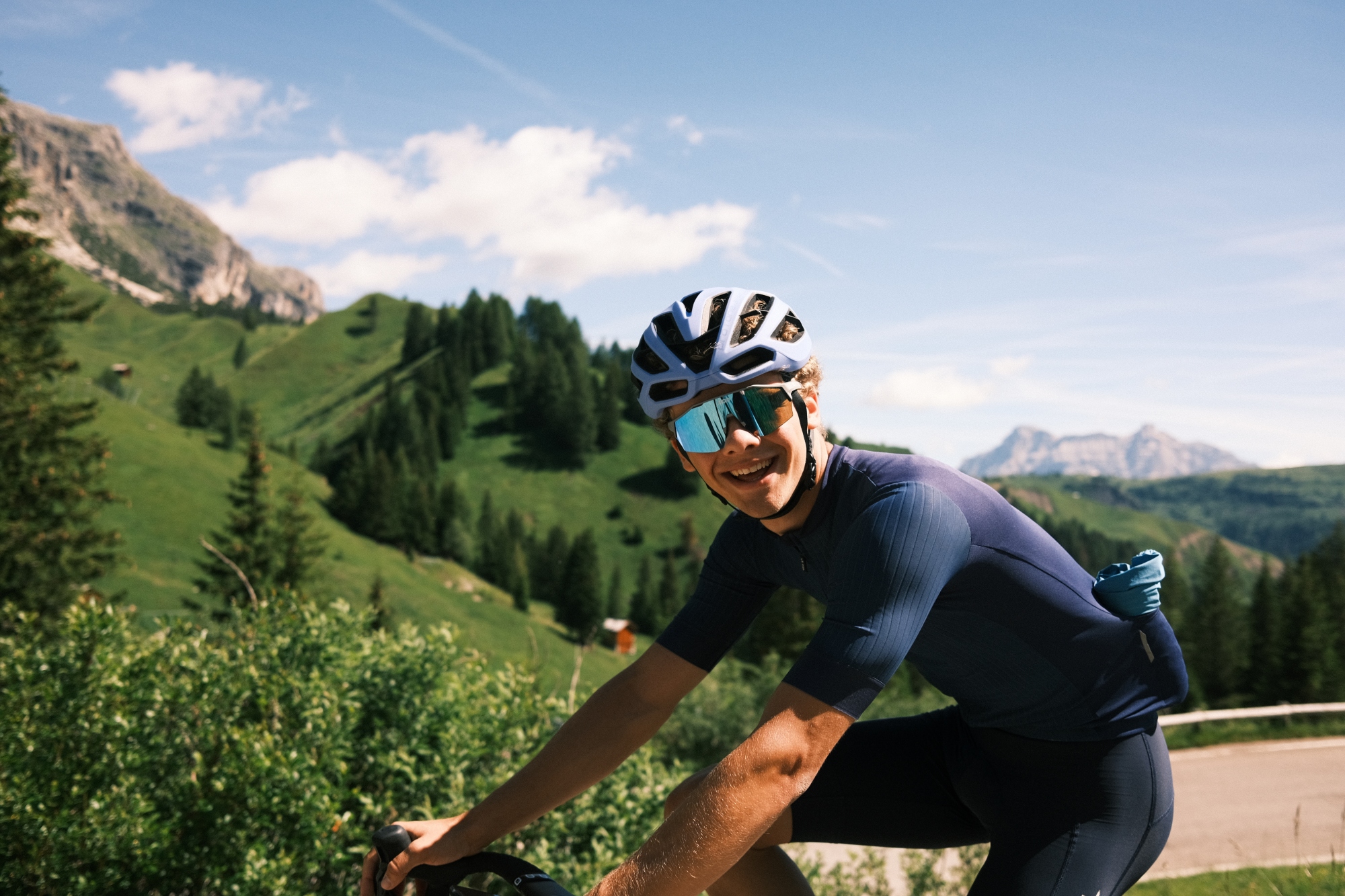
Joe Baker lapping up the sun in the Dolomites. Within 24 hours he was soaked through
Let's start with what I believe is the most important item of clothing when leaving the house, the helmet. I was using the relatively new Kask Protone Icon, which does a good job of both ventilation and managing aerodynamics. I would definitely recommend a helmet of this ilk for riding in the mountains.
When the sun is out at higher altitudes it's very strong, which can cause you to bake on longer climbs. However, if the rain comes down, or you're racing down cooler descents, you can find yourself getting rather chilly. So a lid (and glasses to match in my case) that handles heat well without being too drafty, is worth having.
Quick packing list
- Mid-weight bib shorts
- Mid-weight summer jersey
- Arm warmers
- Leg warmers
- Comfortable socks
- Overshoes and toe covers
- Mid-weight gloves and winter gloves
- Thermal and mesh base layers
- At least one thermal jersey
- Rain jacket
- Helmet
- Glasses with dark and clear lenses if you have them
- SPF cream - don't underestimate the sun!
Then we come to the clothing, and the trick here is rather simple - layers, layers layers.
With the weather in the mountains so changeable, the general rule of thumb is to take weather forecasts with a pinch of salt, even on the day of your ride. So, when it comes to packing the week before, you'll want to give yourself as many options as possible.
A good place to start is base layers. As someone who tends to feel the cold I always pack some thinner mesh base layers, and also bring along at least one thermal base layer as an insurance policy. Usually, if you are heading to Spain for a training camp, or on a summer holiday, you might not need the thermal base layer, but I always find packing such a small item offers me great peace of mind.
When it comes to jersey and shorts, I like to go with a nice middle-of-the-road setup. I'll opt for short-sleeved tops, but tend to stick to mid-weight jerseys, rather than those made of super-thin fabric. The reason for this is that, even in fine weather, the air temperature tends to drop around one degree Celsius for every 100m climbed.
Though overheating in the sun is always a possibility, I find the colder air at the top of the climbs cools me down effectively, particularly if I unzip my jersey slightly for some added airflow. That way, on the descent, you'll still have a slightly thicker layer, which you'll be thankful for.
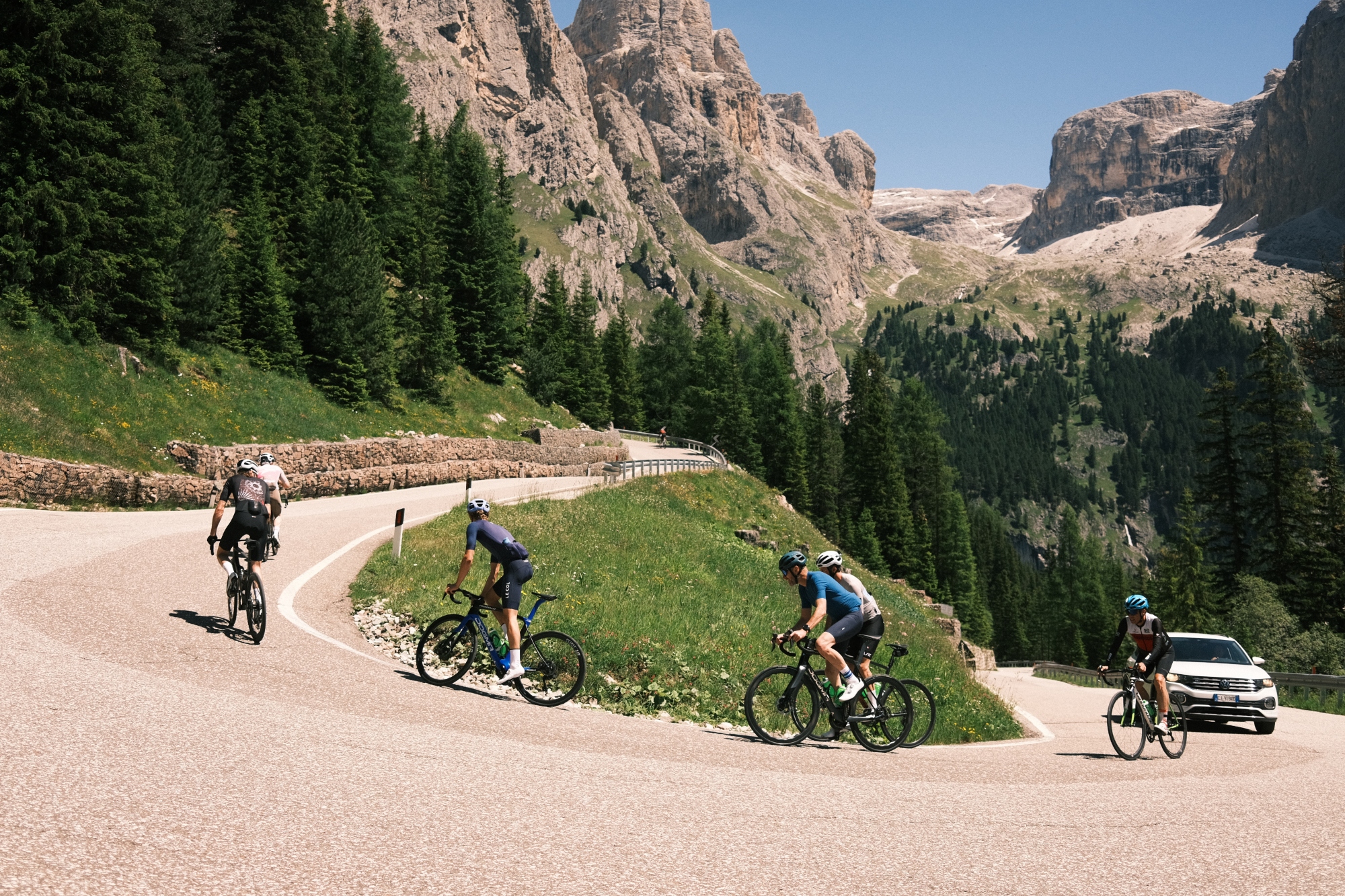
Air temperature in the mountains drops by approximately one degree Celsius for every 100 metres climbed
Next come the outer layers. A rain jacket, of course, is a must-bring item for the mountains, because it can double as rain protection and a descent layer, keeping the rain and wind off you as you hurtle back down. Because you'll most likely be forever changing in and out of the jacket, I suggest you opt for a packable rain jacket. This way, you'll be able to save as much pocket real estate as possible for food, and other items.
Even if the weather looks good, I will always pack at least one thermal layer, such as the Specialized Prime Alpha Jacket. This shower-proof windbreaker features Polartech fleece on the inside, making it incredibly warm for the amount of space it takes up when stowed. It makes for a great layer over the top of your summer jersey and can be easily stowed away on the climbs.
As someone who suffers from numbness in the hands and feet, I am also an advocate of packing winter socks, toe covers, overshoes, and winter gloves on a trip to the mountains. For the Maratona, I only got as far down the list as winter gloves on the day of the event, but had it been a few degrees colder, I would have certainly donned overshoes, maybe even leg warmers too.
Arm warmers are also a great shout for mountain riding. At higher altitudes, mornings tend to be a little colder than at sea level, and with some valleys staying shaded until late into the morning, it's always worth considering arm warmers as another stowable layer to keep the chill off.
In conclusion, the best way to ensure a comfortable time riding in the mountains is to arrive over prepared. Though it might seem obvious, it's incredibly easy to underestimate just how fast the weather can change up high. You might well come back with half a suitcase of clean cycling kit, but you'll still have feeling in your fingers!

Thank you for reading 20 articles this month* Join now for unlimited access
Enjoy your first month for just £1 / $1 / €1
*Read 5 free articles per month without a subscription

Join now for unlimited access
Try first month for just £1 / $1 / €1
Get The Leadout Newsletter
The latest race content, interviews, features, reviews and expert buying guides, direct to your inbox!

Joe is Cycling Weekly's tech writer. He's always had a love for bikes, since first riding a two wheeled steed before the age of four. Years down the line, Joe began racing at 16, and enjoyed great experiences internationally, racing in Italy, Spain and Belgium to name a few locations. Always interested in tech, Joe even piloted his Frankenstein hill climb bike to a Junior National Title in 2018. After taking a step back from elite level racing in April 2022, Joe joined our team as a freelancer, before becoming Tech Writer in May 2023.
-
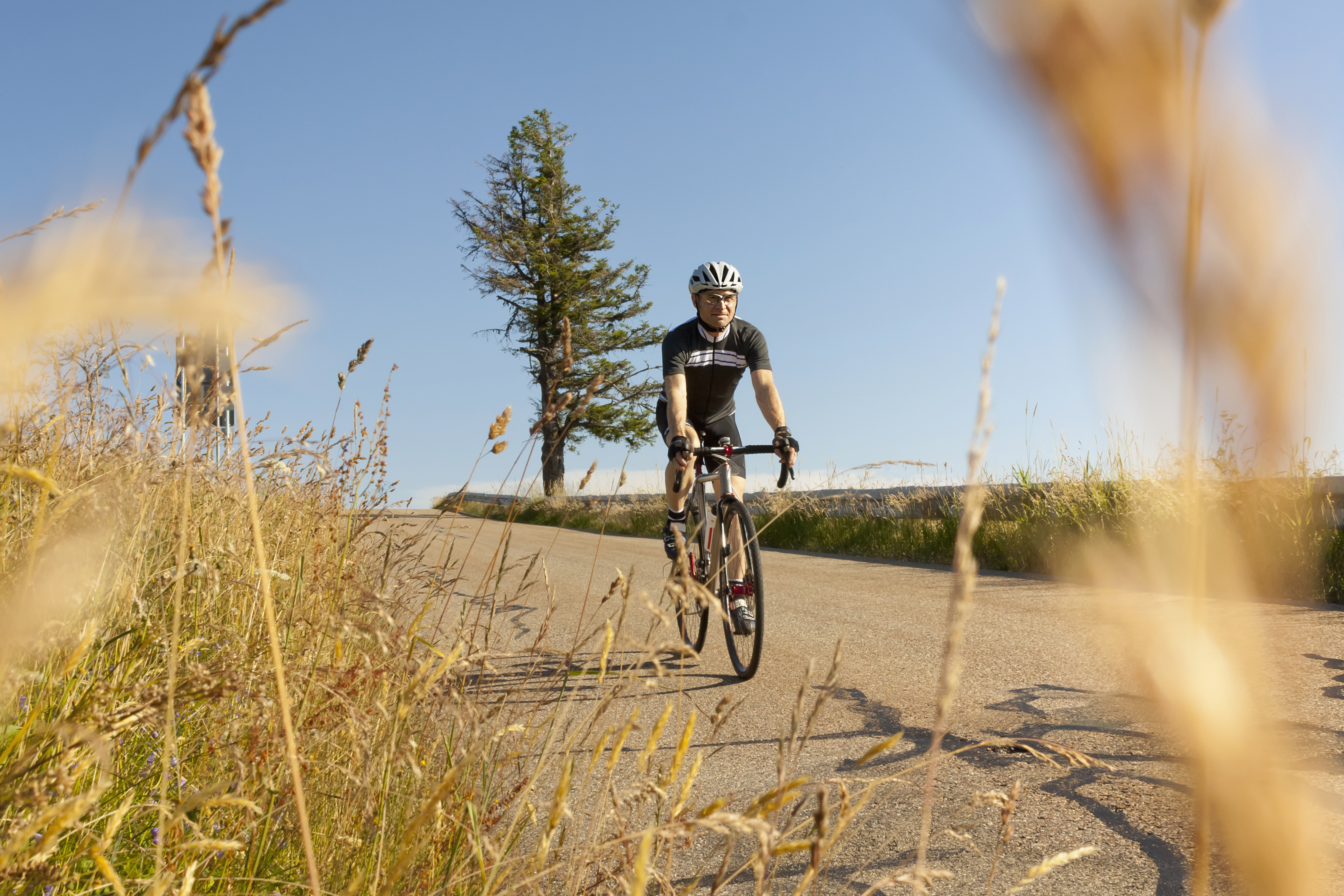 Hayfever and your riding: how to combat it as the pollen strikes
Hayfever and your riding: how to combat it as the pollen strikesExplanations, medications and holistic measures to make your spring and summer riding more enjoyable
By James Shrubsall
-
 I went to Paris-Roubaix Femmes and was shocked at how it is still treated as secondary to the men’s race
I went to Paris-Roubaix Femmes and was shocked at how it is still treated as secondary to the men’s raceThe women’s version of the Hell of the North is five years old, but needs to be put more on equal footing with the men
By Adam Becket